“I’ve got my e-commerce store up, but sales are stagnant. I feel like I’m missing something.”
We frequently hear this from small business owners. And you know what? They’re right.
Having a basic WooCommerce shop isn’t enough anymore. Your customers expect seamless checkouts, personalized recommendations, and flexible payment options.
WooCommerce extensions can help fix this — They’re tiny power-ups for your online store that come together to make things simpler.
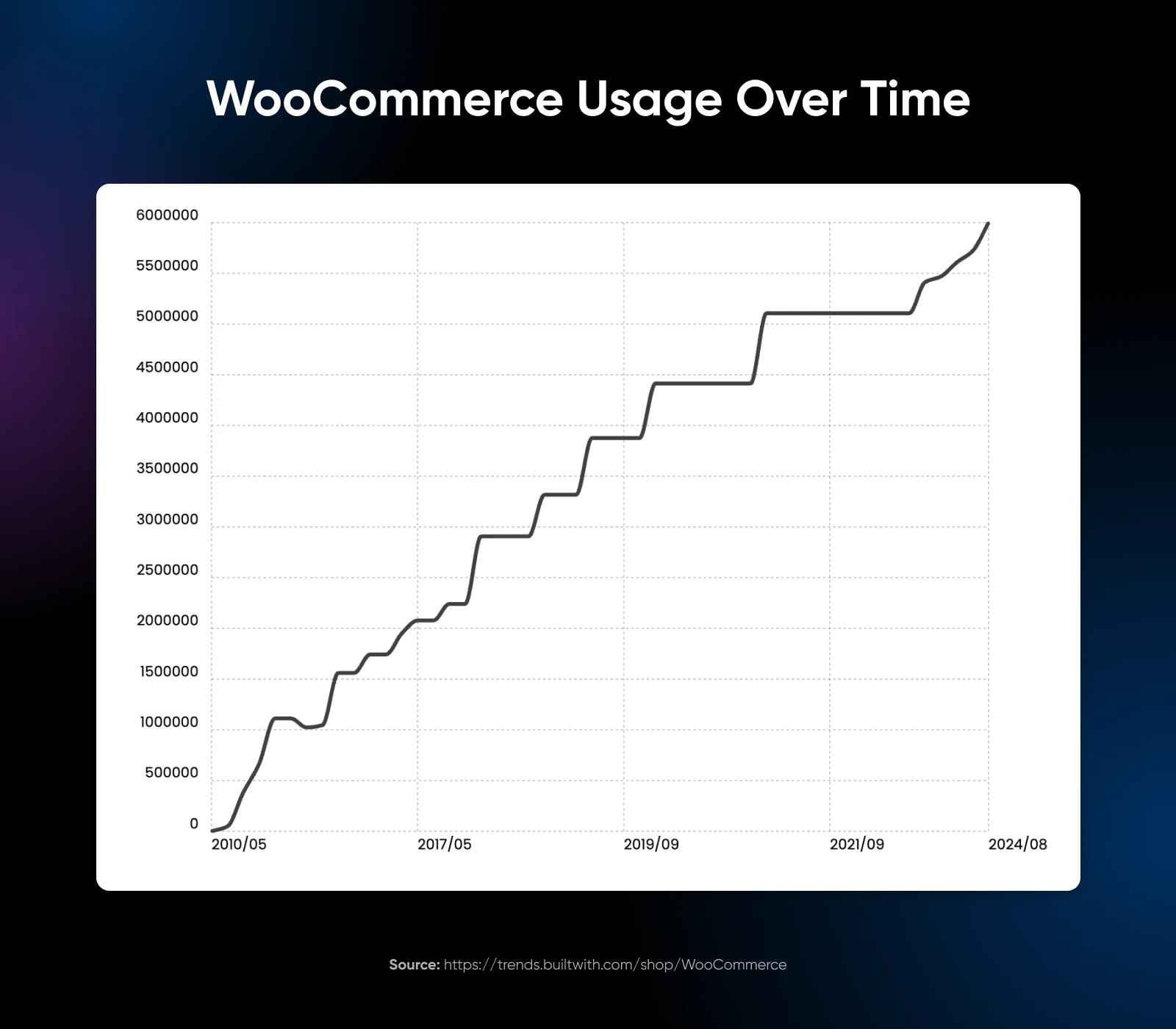
With over six million active WooCommerce stores worldwide and a 35% global e-commerce market share, you can be sure that successful WooCommerce stores aren’t using the basic platform alone.
They’re using extensions to create exceptional shopping experiences that keep customers coming back.
In this guide, we’ll explain:
- What WooCommerce extensions actually are (in plain English)
- The must-have extensions that can supercharge your store
- How to choose the right ones for your business
- Simple steps to get everything up and running
Read on to take your WooCommerce store from bland to brilliant.
First, What Are WooCommerce Extensions?
Think of WooCommerce as your store’s foundation. It gives you the basics: product pages, a shopping cart, and checkout.
However, running your e-commerce store requires more. That’s where WooCommerce extensions come in.
Extensions are add-ons that enhance your store’s capabilities.
They’re like apps for your smartphone — each one offers a new feature to make your store run better.
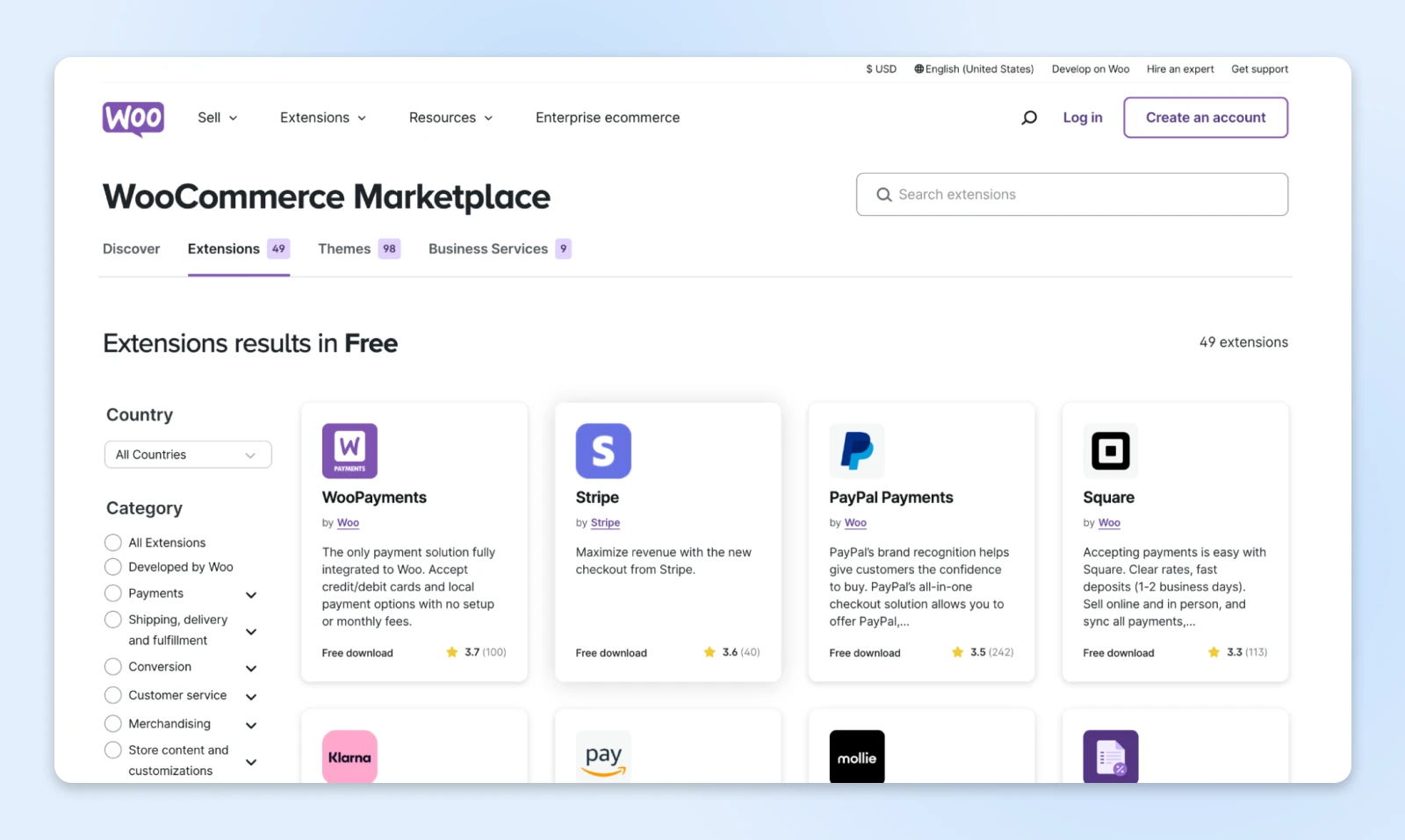
If you don’t already have it, here’s how to install WooCommerce on WordPress.
You’ll find two types of WooCommerce extensions on the market:
- Free extensions: WooCommerce and other developers offer these to help you add basic features to your store. Some are fully free, while others offer limited functionality as a way to test their features. It’s perfect for trying things out or handling simple needs when you’re just starting out.
- Premium extensions: These are more robust versions, often with better features and dedicated support. Free extensions can sometimes come with limitations like clunky interfaces or minimal support. That’s why premium extensions, while they cost money, often make more sense as your store grows. They typically offer smoother experiences, regular updates, and help when you need it.
Pro tip: Start with free extensions to understand what your store needs. Then, invest in premium options for the features that matter most to your business.
If you’re considering which e-commerce platform will work for you, this article comparing WooCommerce and Shopify is a great starting point.
8 WooCommerce Extensions That Could Transform Your Store
Extensions improve your store’s functionality for you and your customers.
We’ve watched hundreds of store owners transform their businesses with these tools, and we’ll share exactly how each one could help you.
Here are eight extensions from the WooCommerce marketplace that can help you transform your store.
Payment Solutions To Make Checkouts Smoother
First things first, let’s talk about payments. To maintain a top-notch customer experience, you need to make checkout seamless on your websites.
1. WooPayments
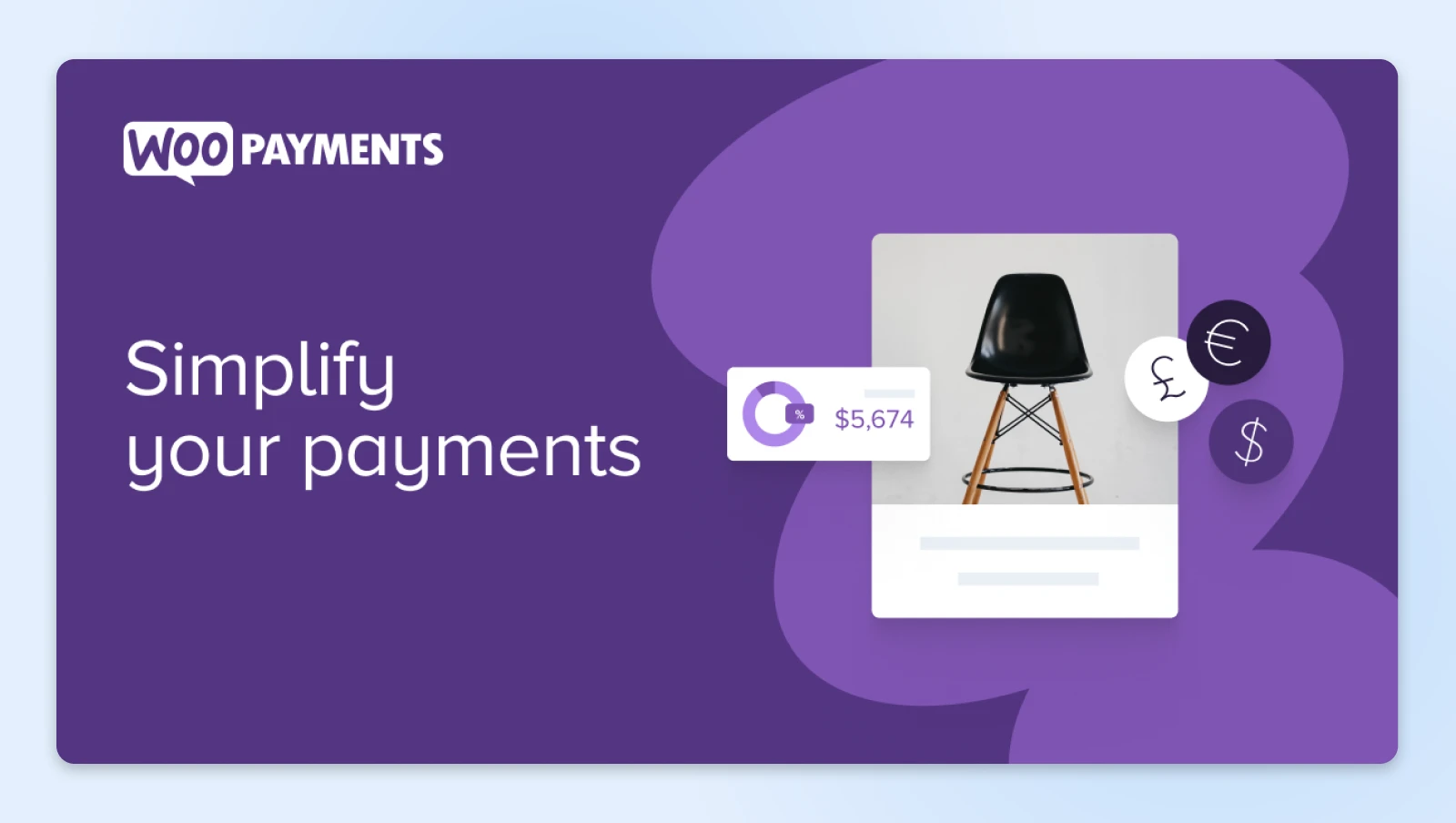
Remember the last time you had to accept multiple payment systems and reports?
WooPayments brings everything into one place, right in your WooCommerce dashboard.
Key features:
- One dashboard for all your transactions
- Accept cards, digital wallets, and local payments
- Pay only when you make a sale
- Built-in protection against fraud
Why it works:
You’ll spend less time managing payments and more time growing your business. Plus, having everything in one place makes tax season much less stressful.
2. Stripe for WooCommerce
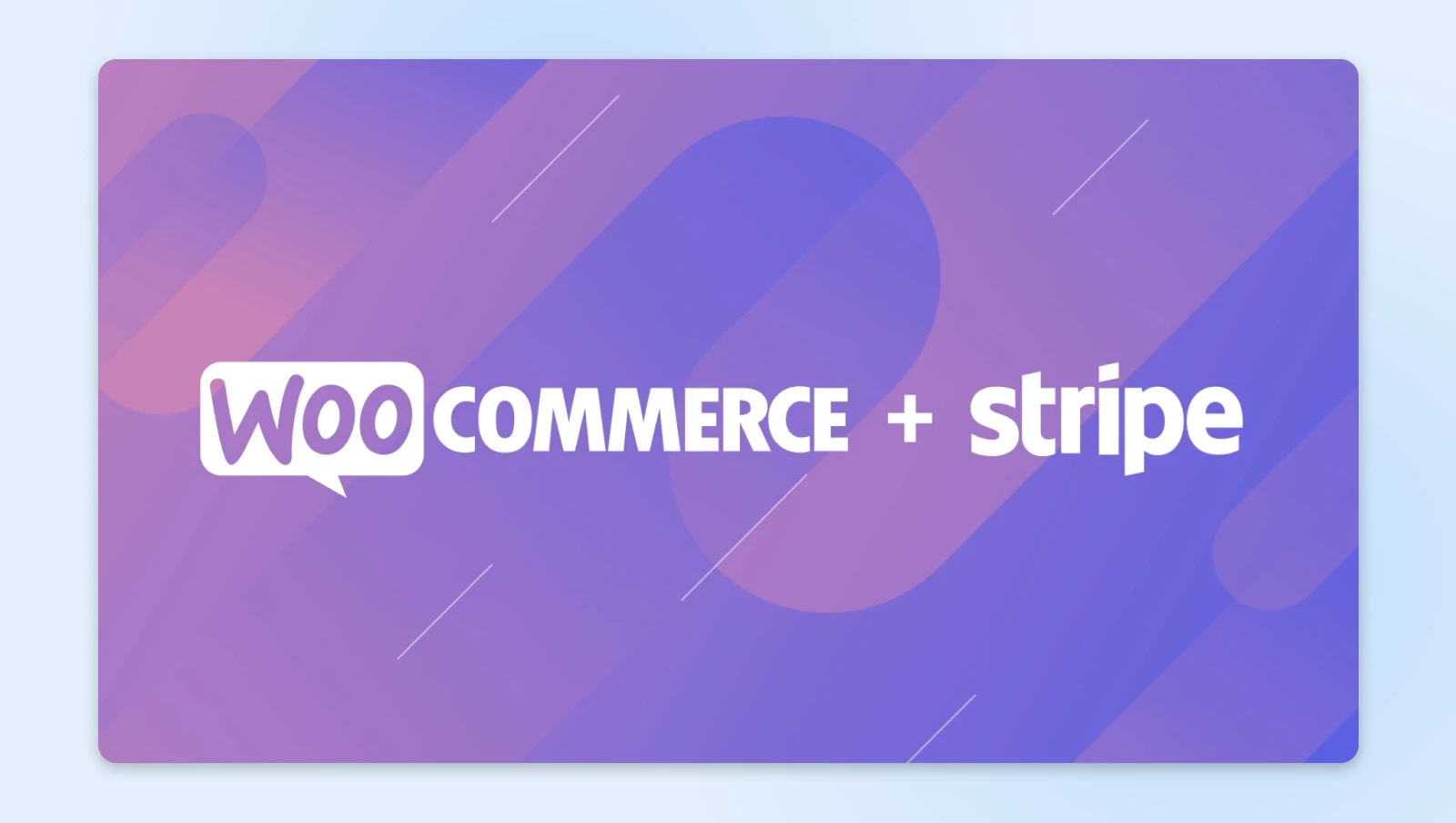
Stripe is a decade-old payments company with a simple goal: making payments as easy as possible. Some of the largest companies today use Stripe, including Shopify, OpenAI, Anthropic, Google, Marriott, and the list goes on and on.
Key features:
- One-click checkout for returning customers
- 20+ payment methods for global selling
- Smart fraud prevention that actually works
- Handles different currencies automatically
Why it works:
The easier you make it to pay, the more sales you’ll complete. If your customers can checkout with one click, they’re more likely to purchase from you.
3. PayPal Payments

Sometimes, having a familiar logo is all you need to push a customer into making a purchase. PayPal has been a trusted payment provider for over two decades, and it’s impossible to deny its popularity among customers.
Accepting PayPal payments on your store can be a great way to add a sense of familiarity.
Key features:
- Flexible payment options for your customers
- Buy Now, Pay Later (BNPL) to help with bigger purchases
- Works even without a PayPal account
- Built-in buyer and seller protection
Why it works:
Many customers feel more confident buying from a new store when they see PayPal as an option. It’s especially useful if you’re just starting out or if you’re targeting first-time customers. Plus, the Buy Now, Pay Later option often encourages larger purchases — helpful when you sell higher-priced items.
Marketing Tools To Drive Growth
After streamlining the payments, you must strategize how to attract customers. This is where extensions let you focus on marketing while they handle the technicalities.
4. Google for WooCommerce
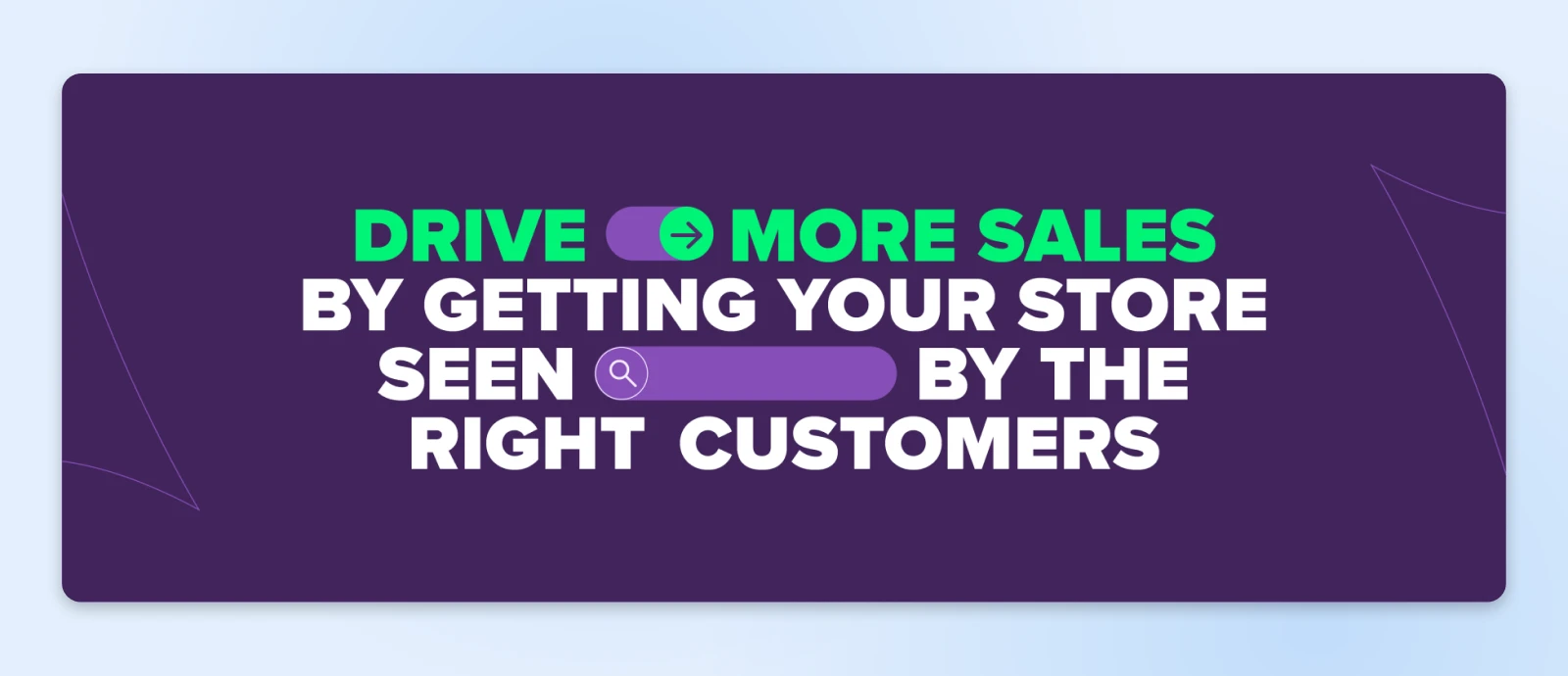
Getting your products in front of the right customers can be challenging. Google for WooCommerce connects your store directly to where most shopping journeys begin — Google Search.
Key features:
- Free product listings on Google
- AI-powered campaign optimization
- Direct sync with Google Merchant Center
- Performance tracking in your dashboard
Why it works:
Your products appear in Google Shopping results, Google Search, and even Google Images — places where customers are actively looking to buy. This also improves SEO for your store, giving you an additional channel to bring in customers.
5. Product Recommendations
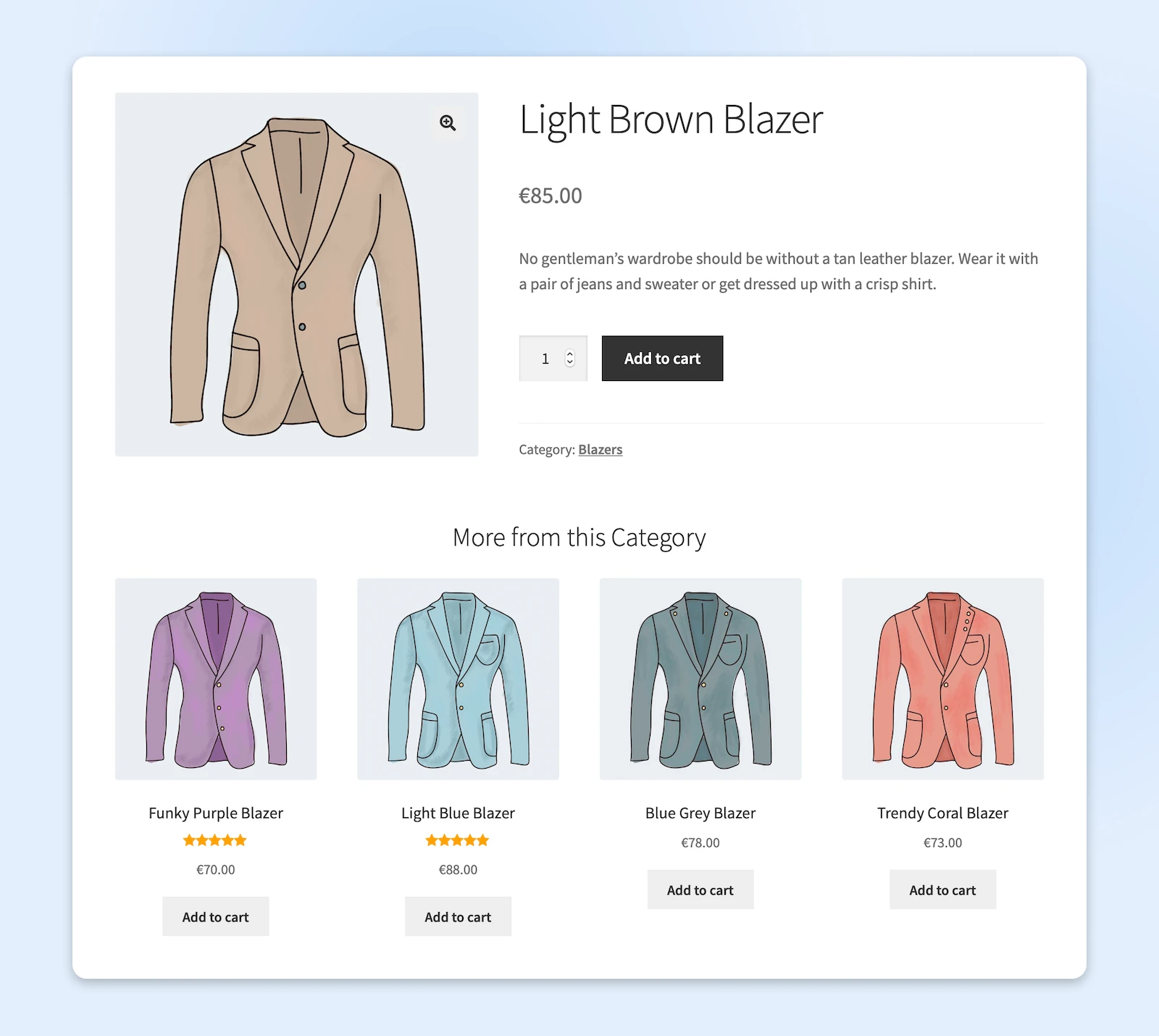
Ever wonder how major retailers seem to know exactly what to suggest next?
Amazon does this well. It suggests highly relevant products on the product and cart pages to encourage buyers to add more products to their order.
This extension brings that same smart recommendation engine to your store.
Key features:
- AI-powered product suggestions
- Automated cross-selling
- Personalized shopping experiences
- Real-time preference tracking
Why it works:
When customers see products that match their interests, they’re likely to buy more products and stick around longer— helping improve your website conversion rate.
Conversion
A website conversion is any action a user takes on a site that moves them further into the sales funnel. Examples include filling out a web form, clicking a call to action, or purchasing a product.
6. Advanced Coupons
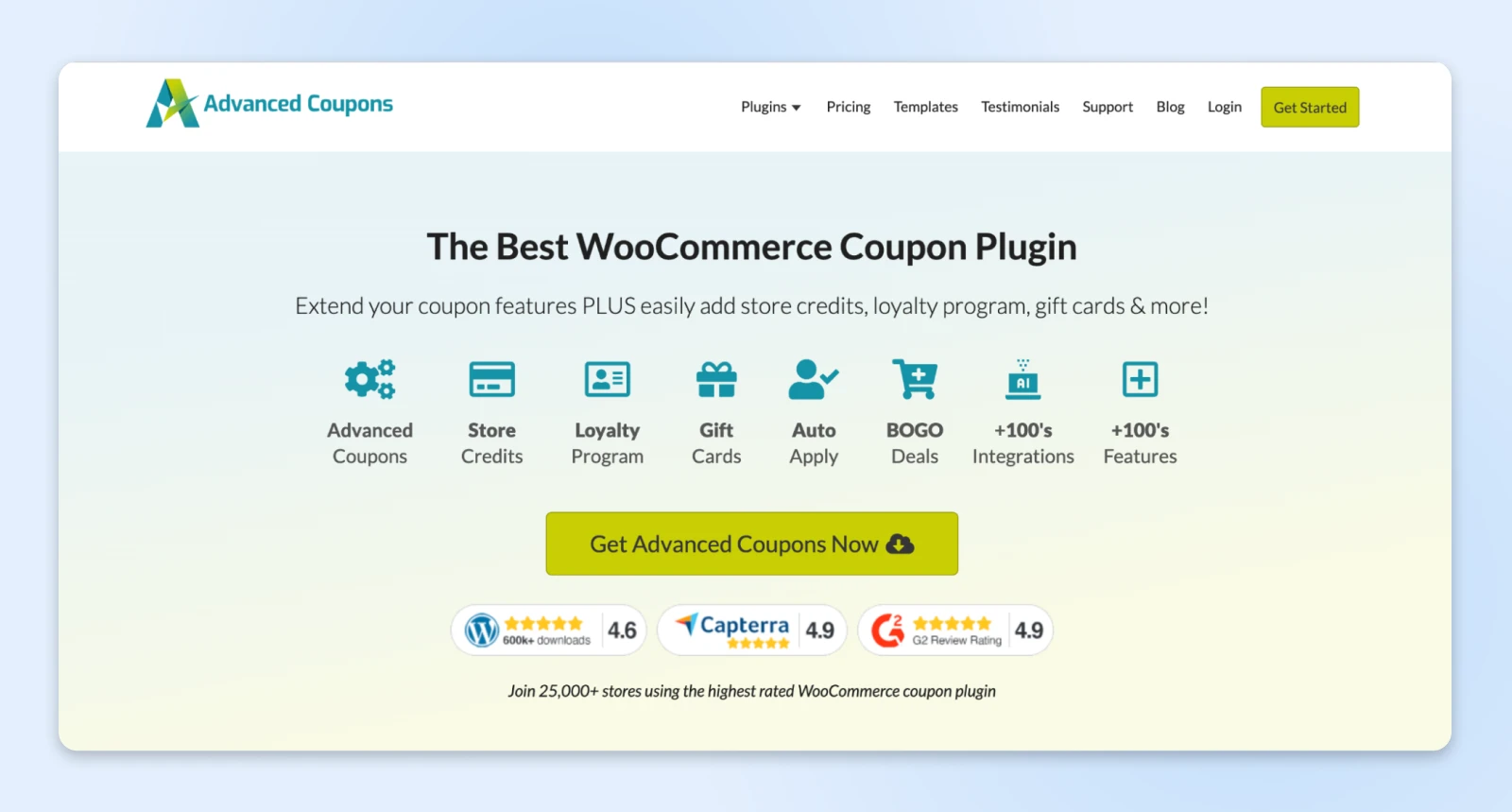
Discounts can be powerful, but basic percentage-off coupons aren’t always the answer. Advanced Coupons lets you create promotions that make the most sense for your business.
Key features:
- Buy one, get one (BOGO) deals
- Cart-based offers
- Loyalty program integration
- Scheduled promotions
Why it works:
You can create promotions that encourage larger purchases while protecting your margins. This tool is particularly useful during seasonal sales or when you need to move specific inventory.
Customer Experience Enhancers
7. Wishlist
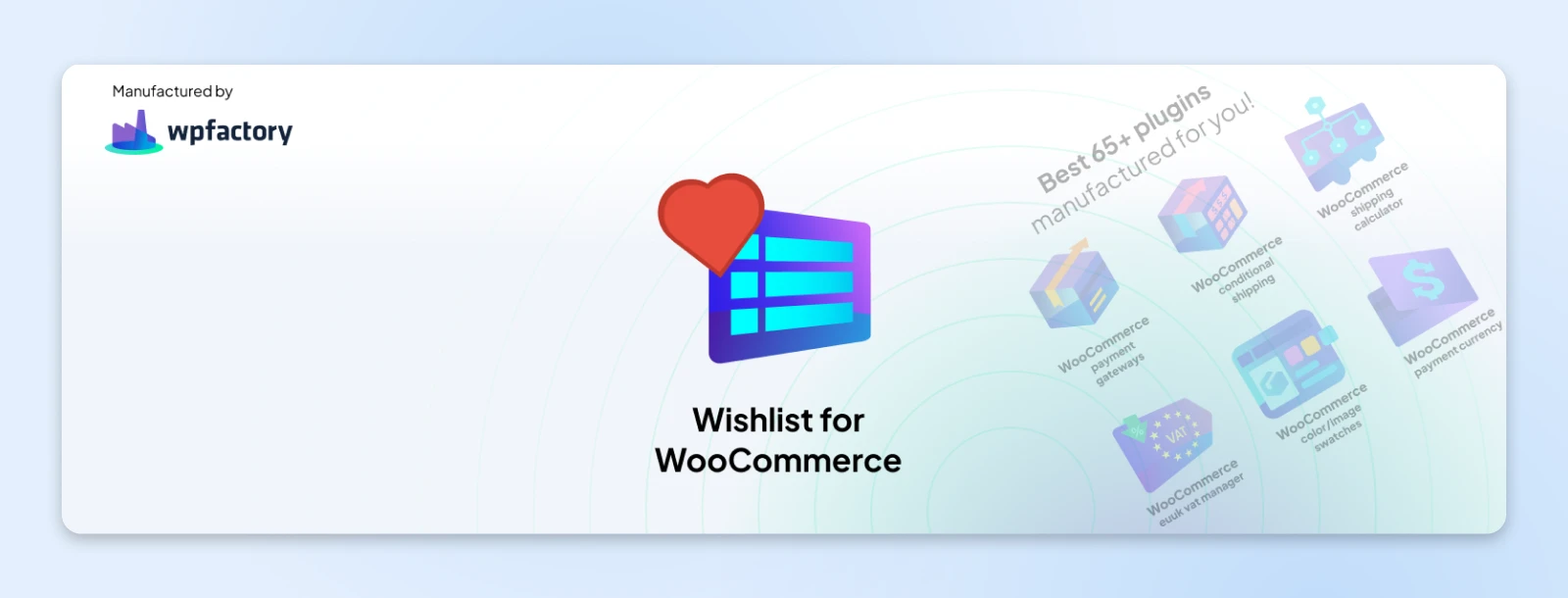
Window shopping has gone digital. A wishlist lets customers save items for later, creating a bridge between browsing and buying.
Key features:
- Easy product saving
- Shareable wishlists
- Email notifications for price drops
- Stock alerts
Why it works:
Customers often need time to decide on purchases. Wishlists keep them connected to your store and make it easy to return and complete their purchase when they’re ready.
8. Product Add-Ons
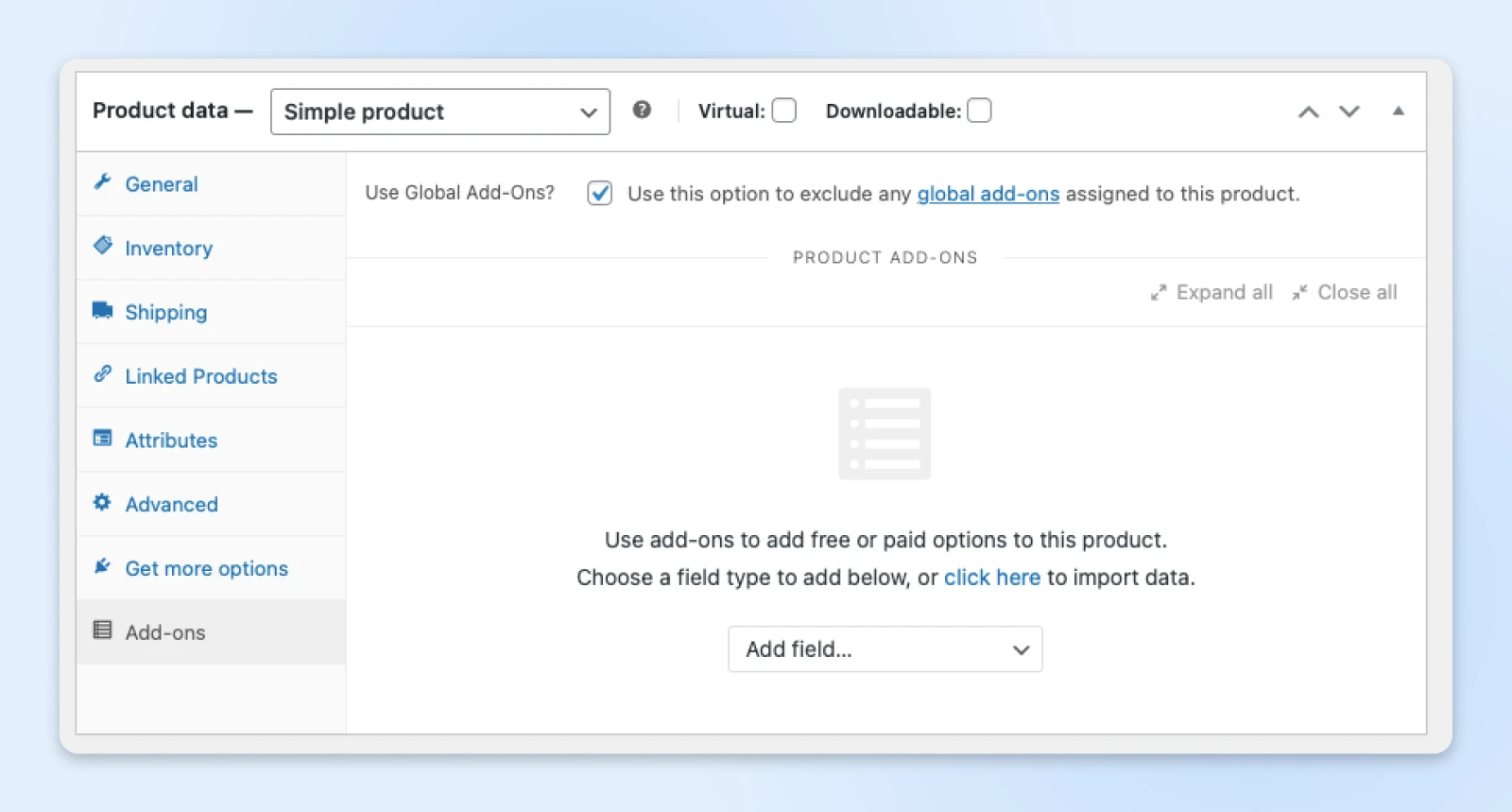
Every customer is unique, and sometimes they want products that reflect that. Product Add-Ons lets you offer customization options.
Key features:
- Custom text fields
- Additional options and upgrades
- File uploads for custom orders
- Price adjustments based on choices
Why it works:
When customers can personalize their purchases, they’re not just buying a product — they’re creating something unique. This often leads to higher satisfaction and repeat purchases.
BONUS: Jetpack – A Multi-Purpose Security and Performance Companion
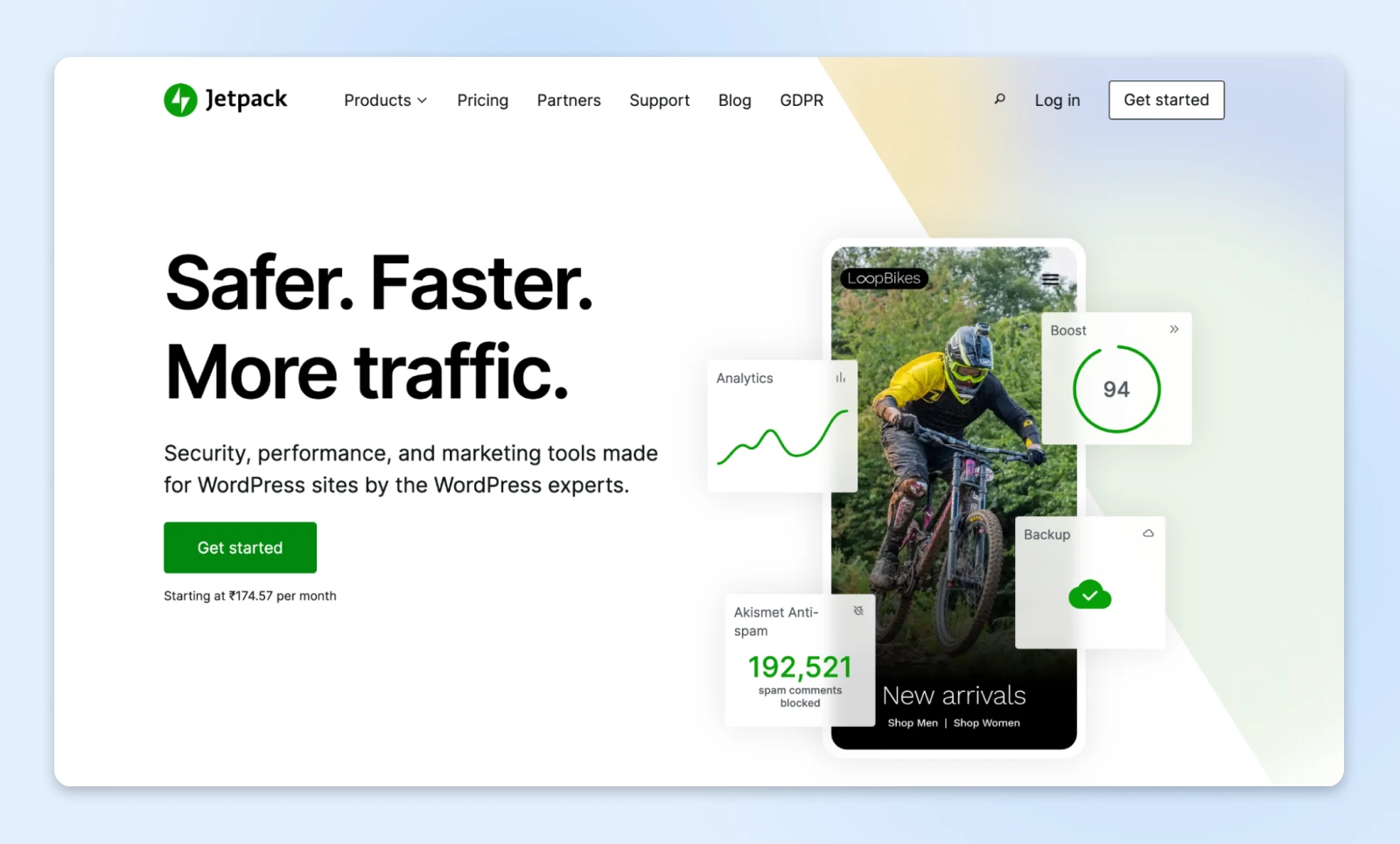
While Jetpack isn’t a WooCommerce-specific extension, but it is a powerful WordPress toolkit created by Automattic (the team behind WordPress) that can bolster your store’s security and performance. Instead of juggling multiple plugins for backups, spam filtering, analytics, and speed enhancements, Jetpack provides an all-in-one solution:
- Automated backups and easy restoration
- Security scanning and spam protection
- Performance boosts (e.g., image compression, lazy loading)
- Integrated analytics to understand visitor behavior
Jetpack handles essential tasks like security checks and performance optimizations so can you focus on running your store. With its all-in-one support, you’ll have a stable, secure foundation for long-term growth.
BONUS: Ecwid – A Simpler E-commerce Solution
Not everyone needs the extensive customization that comes with WooCommerce. Sometimes you need something that just works out of the box, with minimal setup and maintenance.
Instead of managing multiple extensions, Ecwid gives you everything in one dashboard:
- Sell across multiple channels (Facebook, Instagram, Amazon)
- Built-in abandoned cart recovery features
- Manage orders and inventory from a single dashboard
- Free plan available with up to five products
- Automatic updates and security handling
The best part? You get essential e-commerce features without managing multiple extensions or handling the technicalities. And as your business grows, you can unlock more features and product listings to further enhance your store.
Both WooCommerce and Ecwid can get you where you need to go. You just need to choose the amount of customizability and features you want to manage independently.
How To Choose and Install the Right WooCommerce Extensions
Too much of anything can be harmful. This also applies to WooCommerce extensions. You want to keep your site as light as possible while still gaining the features you need. Let’s look at how you can go about it.
Picking the Right WooCommerce Extensions
Instead of thinking, “I need more extensions,” ask yourself these questions:
- What’s slowing down your daily operations?
- Which customer complaints keep coming up?
- What features do your competitors offer that you don’t?
Begin with extensions that solve your most pressing problems. This could include issues such as a slow website, a large number of uncompressed images, or a lack of cart abandonment recovery.
You can always add more later as different opportunities appear.
How Many Extensions Are Too Many?
Here’s something many store owners learn the hard way: every extension can impact your store’s speed. Think of it like filling your car up with luggage. At some point, it will be way too heavy and affect performance.
So, what should you watch for?
- Page load times after installing new extensions
- Mobile performance (nearly 60% of website traffic comes from phones)
- Overall site responsiveness
Step-by-Step Installation for WooCommerce Extensions
Installing extensions doesn’t have to be complicated. Here’s your straightforward process:
Always back up your store. You can also use a plugin like Updraft Plus to auto-backup before installing or updating any WooCommerce themes or plugins.
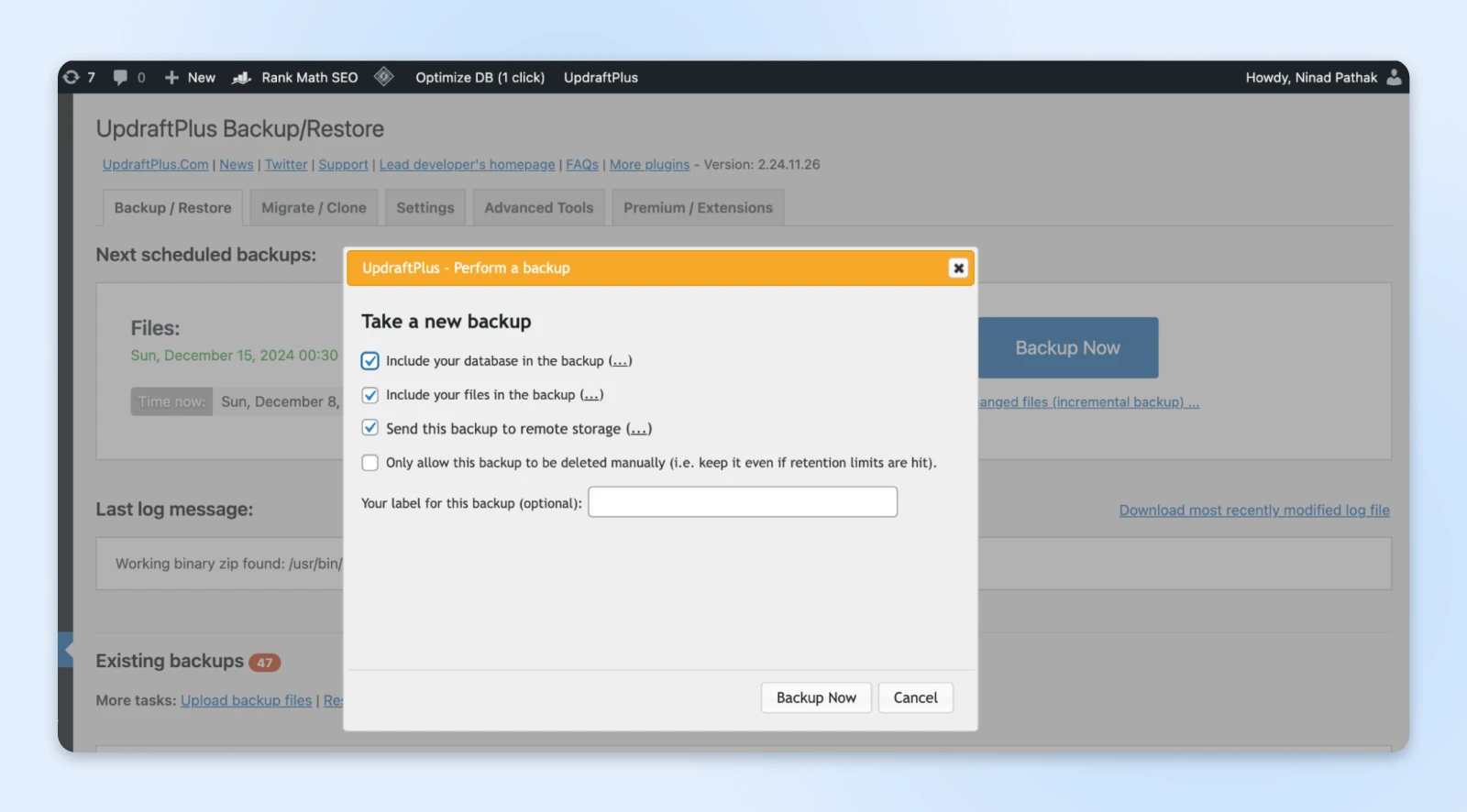
Then, download the extension from the WooCommerce marketplace.
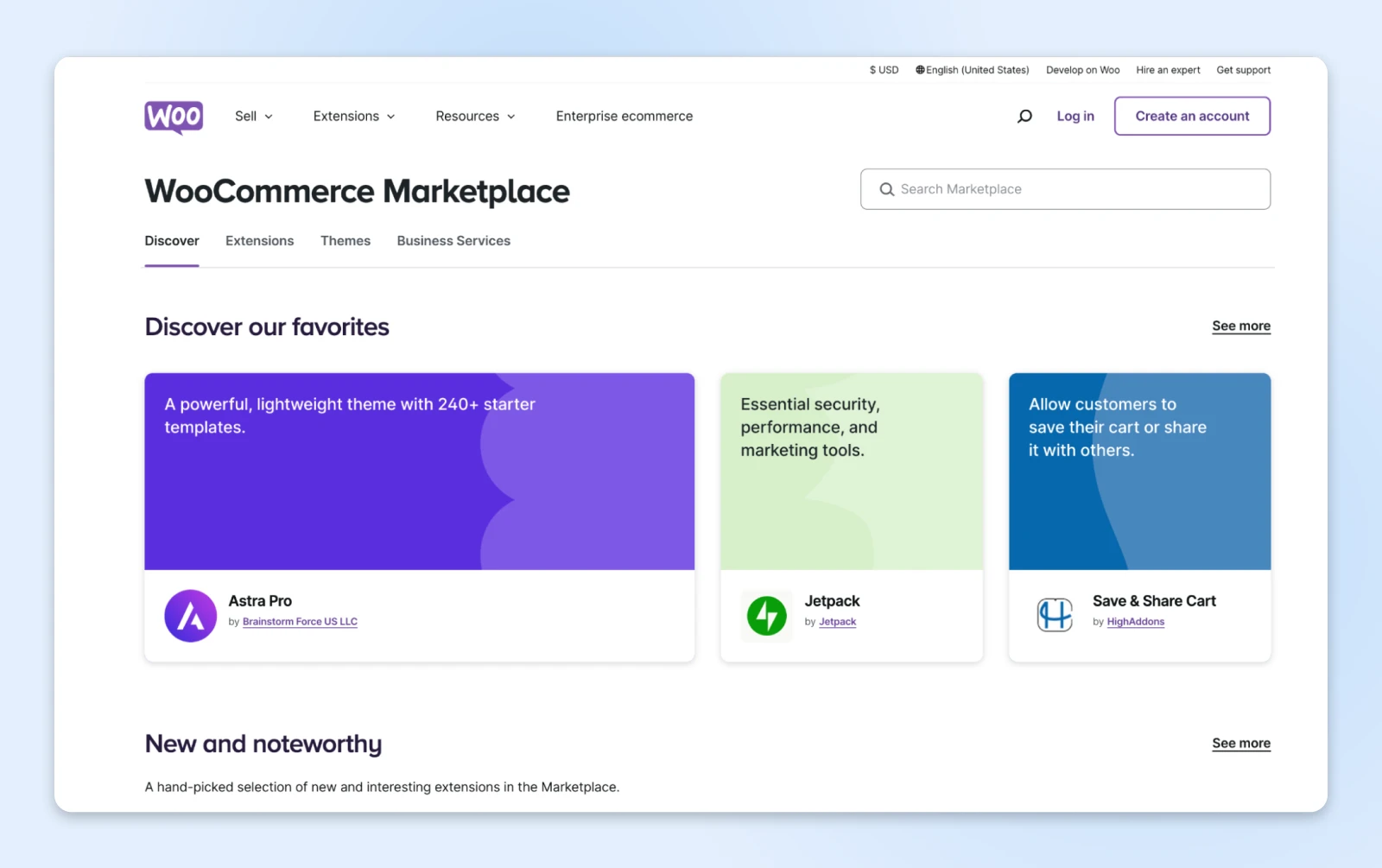
Alternatively, you can click on Plugins > Add New Plugin from the left sidebar on your WordPress dashboard. Here, you can search for the required plugins.
If you’ve downloaded a zip file from the WooCommerce marketplace, simply click the Upload Plugin button at the top of the Add New Plugin page.
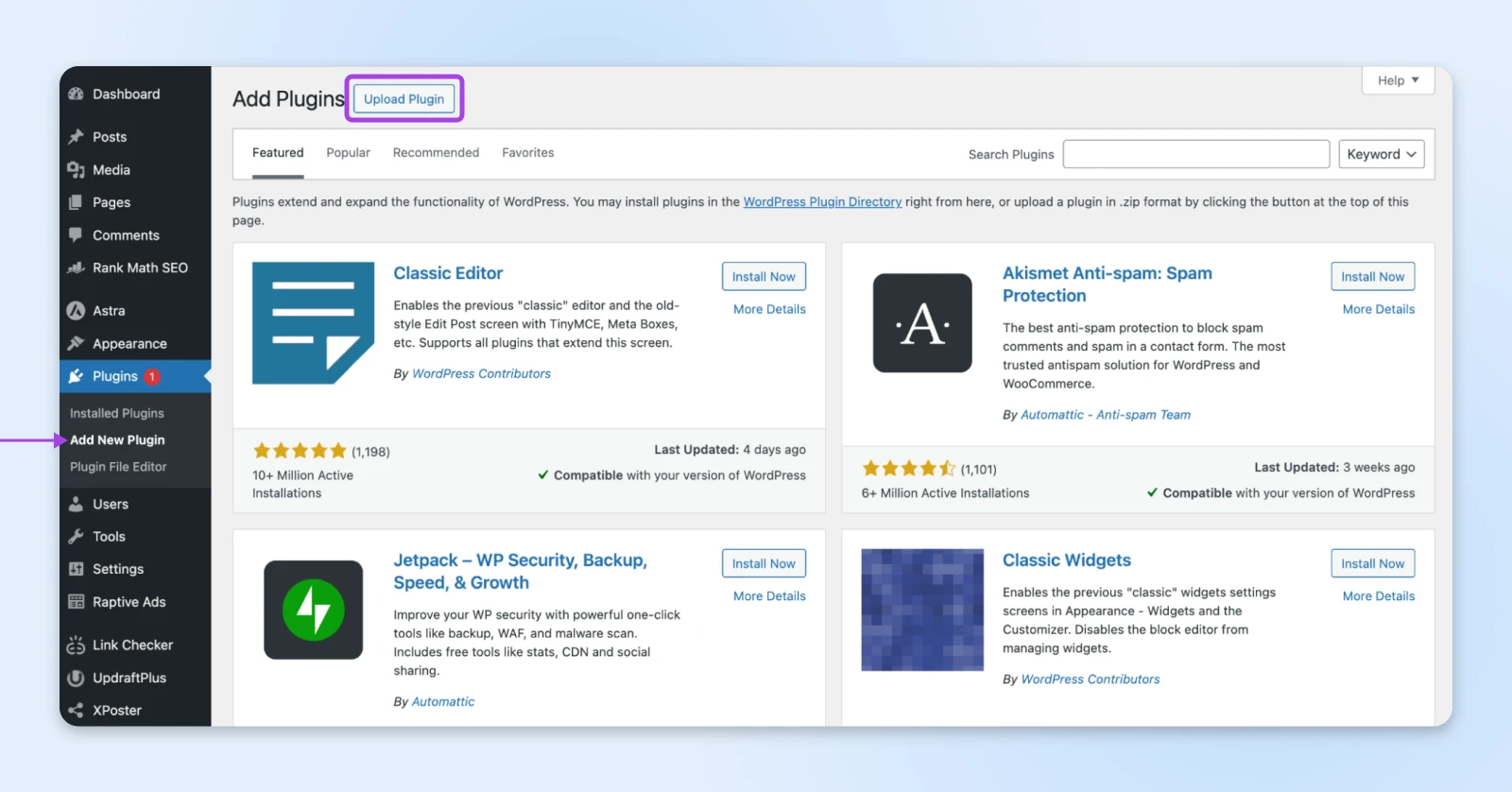
After the upload completes, you’ll have the option to activate the plugin.
Note: Always test new extensions on a staging site first. It’s like trying on clothes before buying — it’s better to know if something fits before committing.
How To Maintain Your WooCommerce Setup
Every added extension needs maintenance. That’s yet another reason to keep things light.
The good news is that WooCommerce and WordPress provide automatic updates, minimizing the need for manual maintenance.
Here are some key things to remember with website maintenance:
- Update your extensions to the latest version: You can enable auto updates from the plugins dashboard. But if you’re running a lot of third-party plugins, you risk plugin conflicts breaking your site. And even with backups, it’s preferable to perform manual updates.
- Avoid multiple redundant plugins: As your store grows and more people have access to the website dashboard, you’ll likely see multiple plugins for the same functionality. That’s why you need to regularly check and remove plugins with duplicate features.
- Monitor your website’s performance: Google’s Core Web Vitals scores will give you a good idea of your website’s performance as you make these changes. Or, manually check your website’s speeds after a couple of days.
- Remove any extension you’re not actively using: For instance, say you were using a page builder like Elementor but have moved away from it to use WordPress’ block editor for building pages. It makes sense to check for any pages still relying on Elementor and then remove the extension if everything is good.
Remember: your store’s security is only as strong as its weakest link. Choose extensions from trusted sources and keep everything updated. The WooCommerce Marketplace is your safest bet.
WooCommerce Extensions Are Definitely Worth Your Time
WooCommerce may seem overwhelming compared to newer, more streamlined platforms. However, this flexibility is exactly what makes it powerful. You can build precisely the store you need, piece by piece, without being locked into a one-size-fits-all solution.
WooCommerce extensions are the building blocks that help make that happen. Start small, keep testing, and retain flexibility while building your store.
The most successful stores aren’t the ones with the most WooCommerce extensions or features — they’re the ones that have figured out exactly what works for their store and what doesn’t.
If you find setting up your store too complex, let the professional e-commerce store developers handle it. At DreamHost, we’ve helped thousands of store owners build and grow their online presence.
Ready to get started?

Build Your Dream Store Without the Hassle
Let our experts set up your WooCommerce store with all the right extensions, optimized for performance and ready to start selling. We’ll handle the technical setup while you focus on growing your business.
This page contains affiliate links. This means we may earn a commission if you purchase services through our link without any extra cost to you.
Did you enjoy this article?

